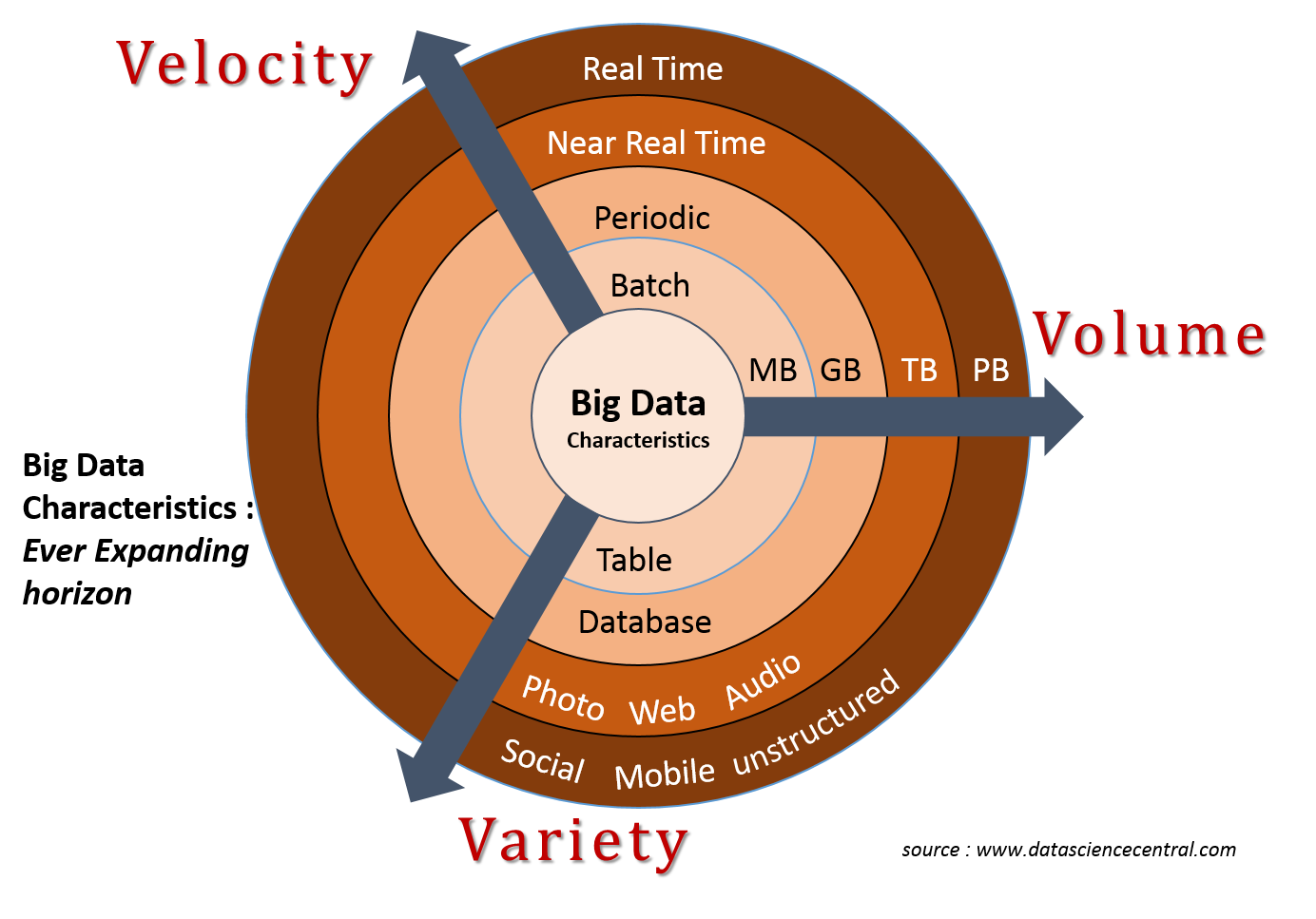The primary goal of django is to help web developers turn ideas into projects faster. Its design principles encourage reusable code and meet high security standards, making it ideal for websites that deal with large amounts of data or traffic.
It was created to power a newspaper publisher’s web application, so you can expect it to work well with projects that require a lot of text content and media files. It also has built-in features for handling data like XML and JSON.
It’s fast
Django is a Python-based web framework that makes it easy for developers to create complex, database-driven websites. It emphasizes reusability and “pluggability” of components, as well as the Don’t Repeat Yourself principle to reduce the amount of code needed for each project. In addition, it supports many popular databases and templating engines.
Django uses the Model-View-Controller (MVC) architecture, which separates back-end structures from front-end structures. This helps keep coding in one place and allows for faster development of the application. It also includes a built-in ORM and database migration management tool to make it easier for developers to manage their data.
The Django framework is also secure and protects against common attacks such as cross-site scripting, SQL injection, and clickjacking. It also supports the use of strong passwords through a one-way hash function that makes it difficult for hackers to reverse-engineer the original password. Django is a great choice for creating large and complex websites that require high levels of security.
It’s flexible
The Django framework is highly flexible and allows for the customization of web applications. For example, it can support different authentication mechanisms (Username, Email, Twitter or Facebook) and database backends (MySQL, PostgreSQL, non-relational databases or others). It also supports different caching, performance management, clustering and balancing strategies. Additionally, a large community of developers provides ready-to-use solutions for every possible need, from form submission to content management.
Django code follows design patterns and principles that encourage reusability, avoiding duplicated code. It also promotes separation of front-end and back-end code using the MVC model. In addition, Django offers a powerful template system and multiple tools for data processing.
Developed in 2003 and 2005 by a team of web developers at the Lawrence Journal-World, Django is an open source Python Web framework that aims to provide both power and ease of use. Its template system is designed to strike a balance between flexibility and speed, with features that make it comfortable for front-end developers and designers to work with.
It’s easy to learn
If you’re new to programming, it is recommended that you take some time to understand basic concepts like variables, data types, conditional statements and for-loops before learning django. These are fundamental concepts that come up in all programs. You will struggle with Django if you don’t understand these basics.
Django is an easy-to-use Python web framework for developing secure and maintainable websites. It follows the “batteries-included” philosophy, providing developers with a wide range of built-in features and excellent support resources.
Its template system allows users to define the structure of output documents and create content in nearly any format. It supports its own native templating system and a popular library called Jinja2 out of the box, but can also be modified to support other systems. It’s suitable for front-end, back-end, and full-stack web development and is used by large enterprises such as Instagram and Spotify. It is also a good choice for early-stage startups and side projects.
It’s secure
Django takes a security-first approach to building web applications. Its features include protection from common vulnerabilities such as cross-site scripting (XSS), cross-site request forgery and clickjacking. The framework also protects against SQL injection by default.
The framework’s template system automatically sanitizes input data. This helps prevent XSS attacks that take advantage of HTML escaping vulnerabilities. It also enables you to create a secure database by storing passwords as a hash. This hash value is unique to each password and is extremely difficult to work out the original password if it is compromised.
Another layer of protection is Content Security Policy (CSP), which provides protection against malicious scripts. django’s CSP implementation is provided by the csp-django package. However, it’s important to note that CSP policies should be carefully configured to strike a balance between security and functionality. Overly restrictive policies may break functionality in your site. You can find more information about CSP on the Mozilla Developer Network.




